The Blue Cross Blue Shield Association published a worrying report on the health of millennials in 2019, revealing a 12% increase in major depression amongst that demographic. The data showed that nearly one in three millennials was suffering from behavioral health conditions in 2020. When one considers that the report appeared before Covid-19 upended everything, pushing us all into varying states of forced lockdown, the projections seem a lot more frightening.
It is tempting to look at Mirion Malle’s book through the prism of these facts and figures. When one considers her earlier work though, specifically her comic strips that examine and engage with gender issues, it becomes fairly obvious that although this is about mental health, it is also about societal attitudes towards women and their direct impact on how they are compelled to navigate the world. In This is How I Disappear, Malle examines this via the personal trauma of a young woman named Clara Lusignant, in the aftermath of sexual assault.
Psychologists have long found significant associations between sexual assault and poor mental health, and between higher Post-Traumatic Stress Disorder (PTSD) and anxiety scores, when compared to people who have no experience of that kind of violence. What Malle does is shine a light on how this trauma impinges upon one’s day-to-day existence, transforming ordinary tasks and meetings with people into exercises fraught with anxiety and mixed emotions. There are no lectures here, as Clara stumbles through her day, but the distress that simmers constantly beneath her competent surface says a lot more than any report possibly can.
Some of these panels simply focus on Clara sitting by herself, feet up on a chair, hot beverage before her, body wracked with unnameable tension. She shivers uncontrollably, an image radically at odds with the lively picture she paints while interacting with the world as a publishing professional, and this contrast is what lends her portrait of grief its authenticity. It is the kind of forced gaiety familiar to anyone who has struggled with depression. “You think that you can just hide behind that mask and everything is okay?” asks a character on a show Clara watches as she eats dinner alone, her face betraying no emotion.
Modern life also plays a significant role in Malle’s art, from the way technology constantly intrudes to the methods by which people communicate, where status updates and emojis often stand in for real expressions or declarations. It adds to a sense of alienation that has been exacerbated by the rise of social media, bringing another layer to the angst that Clara is already dealing with.
What ultimately gives her story its power is how it focuses on the solution staring everyone in the face: it is only by trying to connect with life as a group and stepping outside the constrictions we often impose upon ourselves, that we can begin to heal. It is what Clara eventually does, one step at a time, and following her on that journey makes this a rewarding, enriching experience for the reader.
Finally, it’s interesting to consider the book’s title, which also happens to be a song by American rock band My Chemical Romance, off their 2006 album ‘The Black Parade’. Its chorus goes: “And without you is how I disappear, And live my life alone, forever now…” It’s tempting to look at how Clara first sees the future stretching before her, packed full of events and possibilities, yet still surprisingly empty.
Mirion Malle (W/A) • Drawn & Quarterly, $29.95 CAD/$24.95 USD
Review by Lindsay Pereira





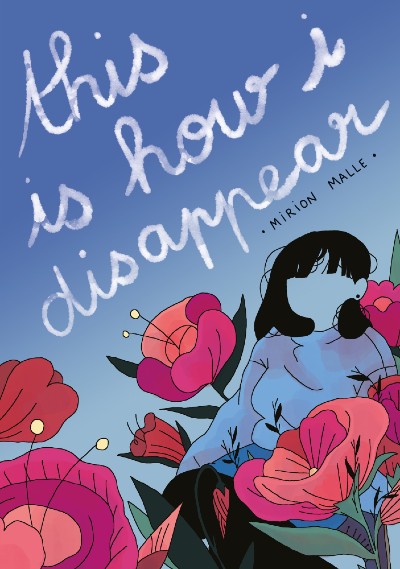
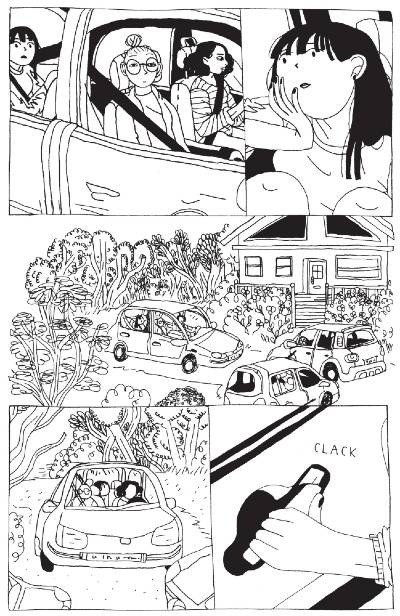
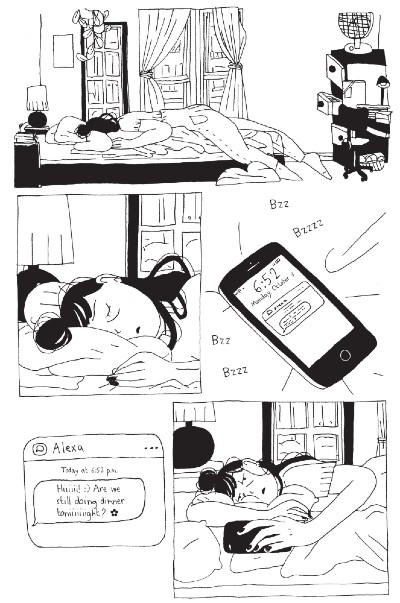
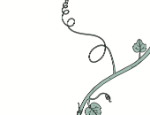

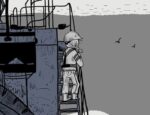

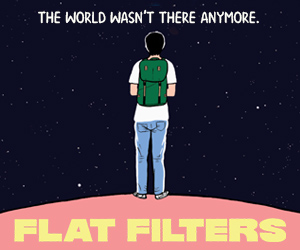




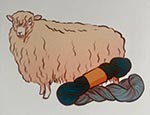
[…] • Lindsay Pereira reviews the rewarding power of Mirion Malle’s This Is How I Disappear. […]